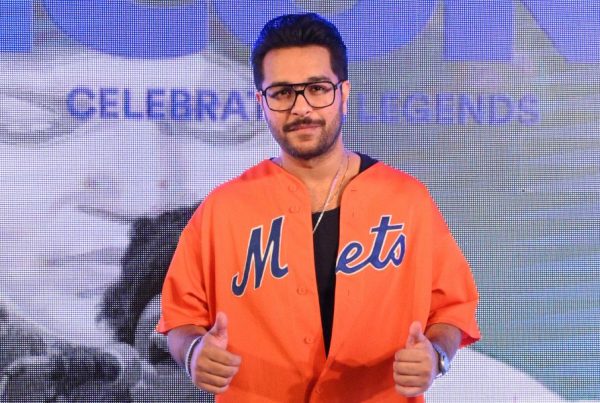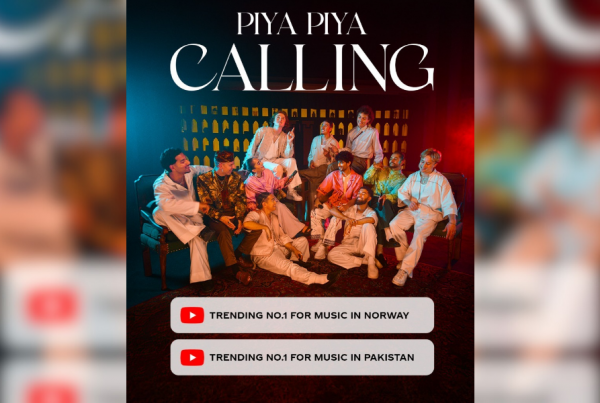Pakistan: governments may have come and gone (without completing their terms) but the one thing that remained consistent through seven tumultuous decades is the premium choice of clothing for heads of state. There’s one specific garment that remained centerstage no matter how quickly everything else changed. In the spotlight, celebrating all styles Pakistani, could be none other than the sherwani. The minute Muhammad Ali Jinnah stepped in as leader of a Muslim state did he trade in his suits for this regal garment. And the rest is sartorial history. At parallels with the loose-fitted shalwar kameez, which officially is Pakistan’s national dress, the sherwani’s semi-structured fitting became the epitome of haute couture in the country through its growing popularity and its preference by the head of states of the country.
We sat down with the master of menswear in Pakistan, Amir Adnan, for a history of the most favoured sartorial clothing for men in Pakistan.
“At the beginning, the subcontinent had Quaid-e-Azam and Gandhi to look up to,” Adnan began right at the beginning. “India didn’t follow what Gandhi wore obviously because it wasn’t fashion. But Quaid-e-Azam was a well-dressed man. The moment he became a leader of a Muslim country, he chose to wear a sherwani. It was distinctly different from the British and the Hindus, and it had its own identity and easily became ‘power-clothing,” Adnan said.

Liaqat Ali Khan with Muhammad Ali Jinnah
Finding its roots in a mix of histories and clashes of culture, the sherwani could be considered a distant cousin of European clothing, which through their years of rule across the world, mixed with ethnic origins, changed what the public wore. In that same sense, Pakistan’s preferred choice of luxury clothing can also find its origins in the Mamluk dynasty of Egypt, who for a brief period of time ruled the subcontinent.
“In many European designs, you see jackets or layers, so the sherwani is also a derivative of those jackets, which would be akin to a trench coat. It definitely is European,†the designer added.
Defined by its distinctive design and its similarities with European fashion, the Sherwani’s knee-length design, complete with its seven buttons, particularly drew attention when it became the preferred choice for not only Muhammad Ali Jinnah, but Liaquat Ali Khan and then subsequently, the identity of the ‘migrated’ Muslim. However, this connection alone made the head of states – who gained power through the military or after a coup – weary of the garment, who then looked for further derivatives of it.

Bhutto chose to wear the sherwani to the United Nations, much like many other Pakistani heads of states who came after him.
“Zulfikar Ali Bhutto was the first leader who picked up awaami clothing and made it fashionable. He had the short-length kameez with open sleeves, and he made the common man feel comfortable, as he wore something that the common man would wear. That and his formal outfit of a short-jacket had a major inspiration. His formal wear, which was basically a shortened sherwani, was less formal. I would like to call it a short sherwani,†Adnan said, defying the fact that many people refer to Bhutto’s sherwani as a Nehru jacket.
Finding itself in a lull in the later decades of the twentieth century, the sherwani only saw its return, through possibly, the only military leader who chose to wear it – Pervez Musharraf –  the only Pakistani head-of-state to be included in the list of top ten best dressed leaders in the world.
“Based on what Musharraf wore to his trip to India, Vajpayee wanted a sherwani made in the same style too, and thus, brought it back into India. So, you see, Quaid-e-Azam then carried it forward, Musharraf made its entry into India, and that’s where I come in because I made his sherwani and he wore it at the United Nations, as well as India,†Adnan reiterated.

It was Musharraf’s Amir Adnan-designed Sherwani, which brought it back into fashion.
Making its way into the 21st Century, the sherwani now sits at the top of sartorial garments in the country, its identity very clearly and strongly Pakistani. The sherwani has, in a sense, become Pakistan’s identity in fashion.





